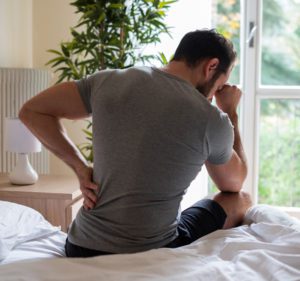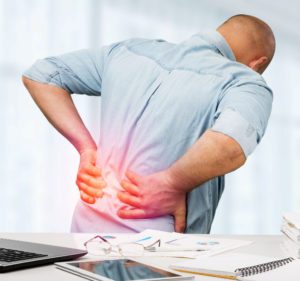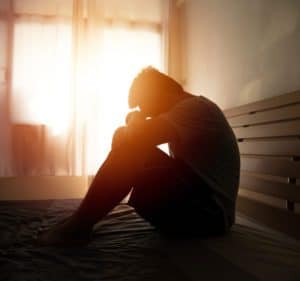
4 Natural Remedies to Tame Pain from Sciatica
If you suffer from sciatica pain in your back, your pain can range from a slight numbness in your leg or foot to constant, throbbing pain in your lower back. At first, many people may discount the slight pain of sciatica as this is a condition that creeps in slowly until suddenly the pain becomes unbearable. The talented back and spine doctors at NJ Spine & Orthopedic know that sciatica pain is different for their patients. This is primarily because the sciatica nerve is the largest vein in our bodies, stretching from our lower back to our toes. Aside from making an appointment with an experienced back and spine doctor, there are some natural, at-home remedies you can try to tame sciatica pain. What Are Common Sciatica Pain Symptoms? If you are experiencing pain that you think is sciatica pain but are unsure, the following symptoms are common indicators: Pain in the lower back Hip pain Tingling or burning sensations down one or both legs Shooting pain whenever you stand up Pain in the back of your legs or buttock region that could be worse when sitting If you are still unsure of what could be causing your lower back pain, you should seek the opinion of a back and spine doctor or try this pain assessment. Natural Remedies to Do at Home for Sciatica Pain In a study done by Harvard Health, it was reported that as many as 40 percent of people will suffer from sciatica pain at some point throughout their life. If you are suffering from sciatica pain and are looking for a way to remedy that pain naturally, try some of the following methods: Go for a Walk: Exercise is one of the best things you can do for yourself when experiencing any type of back pain. Taking a walk for up to 30 minutes several times a week can help reduce inflammation that could be contributing to your sciatica pain. Apply Ice/Heat: To numb pain and reduce inflammation, apply ice. If you are about to do an activity, applying heat to the area is an excellent way to loosen the muscles, which will reduce pain. Practice Good Posture: Good posture is about more than just appearances. Instead of rounding your back, having straight and proper posture will relieve stress on your back. Work on Flexibility: Tight muscles are often a common cause of pain associated with the sciatica nerve. Practicing simple stretches to help loosen up can alleviate some pain and even help prevent future pain. Natural remedies can be beneficial in helping on your road to a pain-free life. However, if your pain levels increase and begin to prevent you from doing the things you love, it is time to contact a back and spine doctor for help. Back And Spine Doctors Can Help With Your Sciatica Pain Sciatica pain looks different for everyone, but it should not go untreated regardless of your pain levels. While natural remedies may help reduce pain, to



